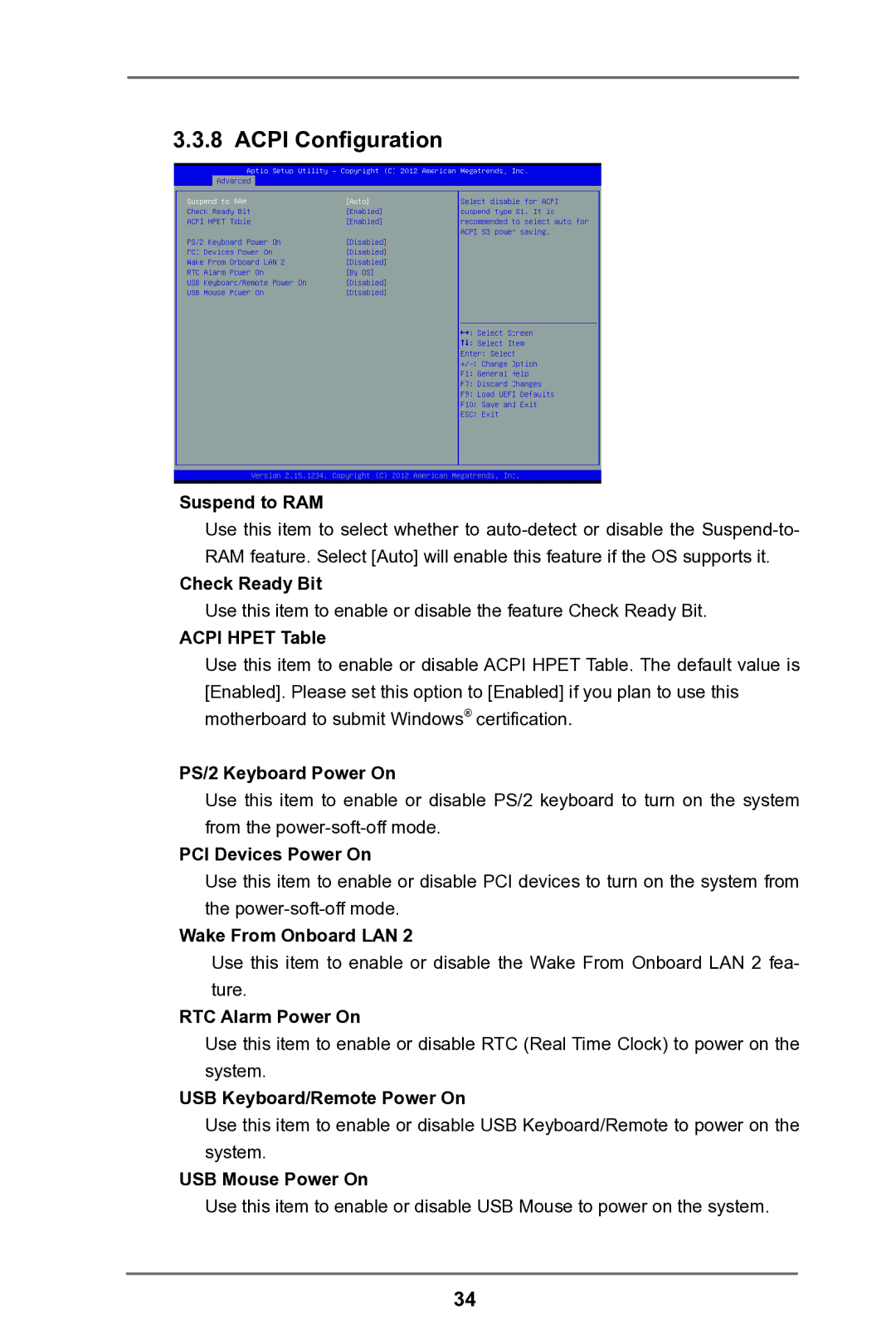IMB-781 specifications
The ASRock IMB-781 is an innovative, compact industrial motherboard designed to meet the demanding needs of embedded applications. This motherboard combines high performance with reliable operation, making it an ideal choice for industries such as automation, transportation, and telecommunications.One of the standout features of the ASRock IMB-781 is its Intel® LGA 1151 socket, which supports a range of 8th and 9th generation Intel® Core™ processors. This allows users to leverage advanced processing capabilities, ensuring smooth operations for resource-intensive applications. The motherboard supports up to 64GB of DDR4 RAM, thereby enhancing its multitasking capabilities and overall system performance.
In terms of connectivity, the IMB-781 is equipped with dual Gigabit Ethernet ports that enable robust and fast network connections. This feature is particularly beneficial for applications requiring reliable data transmission in real-time. Additionally, the motherboard provides multiple USB ports, including USB 3.1 Gen 2, ensuring fast and versatile peripheral connections.
The ASRock IMB-781 also excels in its expansion capabilities. It features a PCIe x16 slot for high-speed graphics cards or other extension boards, alongside multiple mini PCIe slots that allow for additional functionalities such as wireless networking or I/O expansions. The ability to incorporate these extensions makes the IMB-781 highly adaptable to varied industrial applications.
Moreover, the motherboard is designed for longevity and reliability, featuring durable capacitors and solid-state components. This design consideration is crucial in industrial environments where equipment is often subjected to harsh conditions.
The IMB-781 supports various display outputs, including HDMI and VGA, allowing users to connect multiple monitors easily and manage their workspace more effectively. Its high-definition multimedia interface ensures stunning visual performance, which is essential for monitoring and control systems.
ASRock also emphasizes security and manageability features within the IMB-781. The motherboard supports TPM (Trusted Platform Module) for enhanced security measurements, essential for safeguarding sensitive data in industrial applications. Its compact form factor further ensures that it can fit within various system configurations, making it an excellent choice for space-constrained environments.
In summary, the ASRock IMB-781 industrial motherboard exemplifies a blend of performance, reliability, and adaptability. With its support for advanced Intel processors, ample connectivity options, and robust build quality, it is designed to meet the stringent demands of modern industrial applications, positioning itself as a reliable component in various embedded systems.

